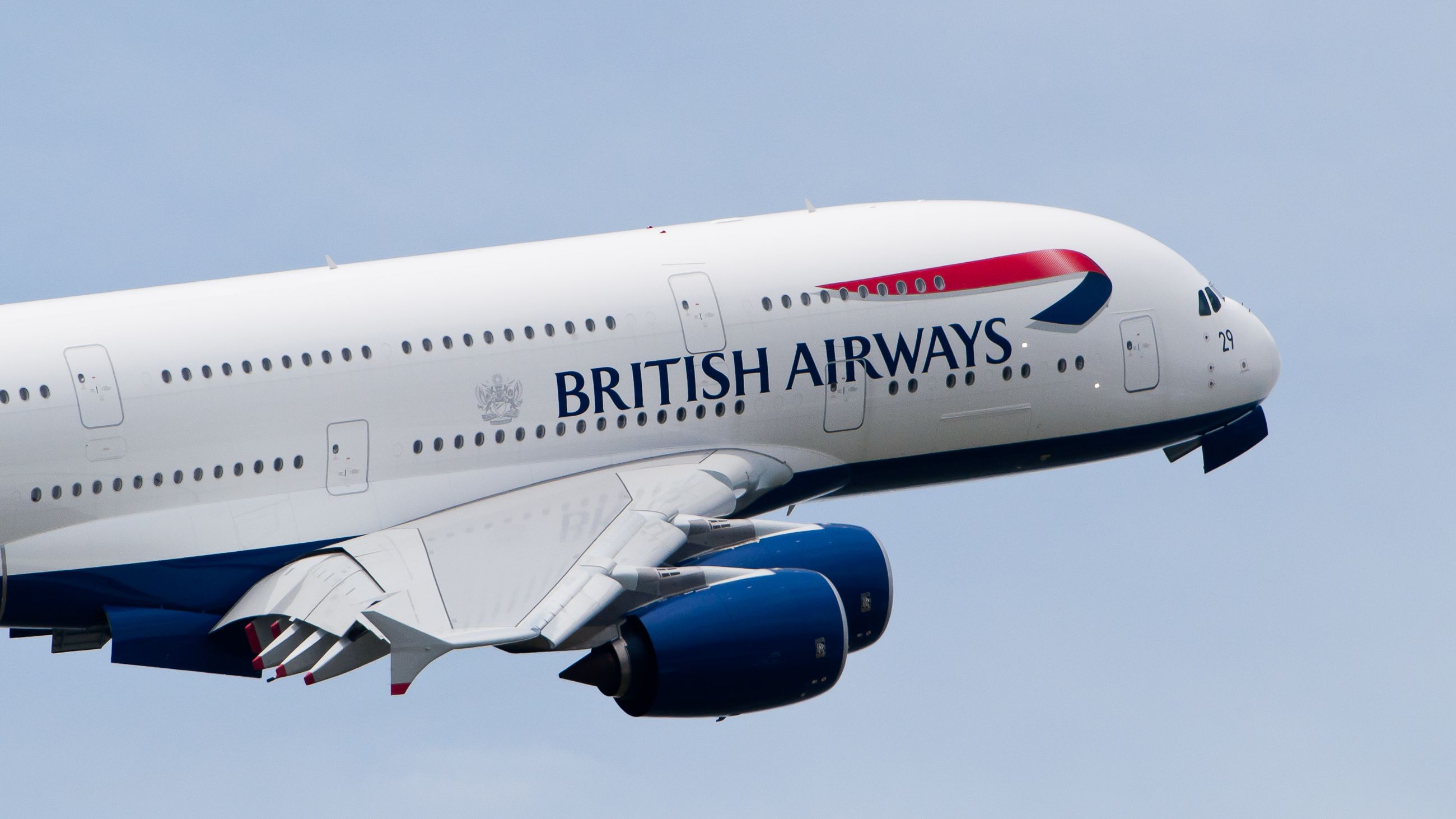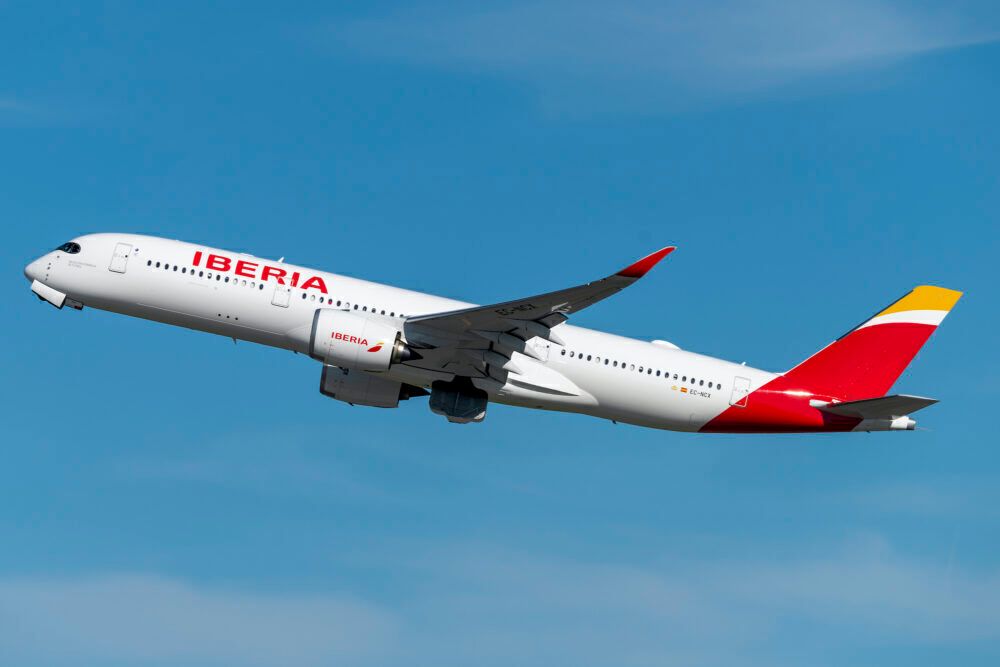There's something exciting about long-haul until you're 11 hours into a journey and realize there are three more to go. Long-haul can be defined in different ways, but for this purpose, I'm using what I always do: 3,000 miles (4,828km) or more. While Air Arabia's forthcoming Sharjah-Milan Bergamo route won't quite meet the criterion, what are the world's top 10 airports for long-haul service this August?
The top long-haul airports
London Heathrow is the world's leading airport for long-haul service this August, as summarized in the following table. That's despite its passenger cap, which has resulted in many services being reduced in frequency, particularly short-haul.
While Heathrow is typically first, its position this month was confirmed by Cirium data using available seat miles (ASMs). ASMs are calculated as seats multiplied by distance, and it's a different way of examining the situation than flights or seats for sale, with all three providing slightly different results. Heathrow ranks number one this month irrespective of which metrics are used.
Stay aware: Sign up for my weekly new routes newsletter.
The top 10 list
The top 10 airports, shown below, are responsible for a third of all global long-haul ASMs, showing just how crucial they are. However, their ASMs remain at barely 73% of what they were in August 2019, with Dubai and Los Angeles down the most. Heathrow has one of the better recoveries, helping to cement its position.
As everyone knows, Asia – especially the Northeast of the continent and particularly China – remains badly impacted. Spare a thought for Hong Kong, which was the world's 8th largest by ASMs in 2019 but is now 51st, its recovery very long and even more painful. And Beijing, which was 12th, is now 127th.
|
Rank |
Airport |
Long-haul ASMs: Aug. 2022 |
% recovered vs. Aug. 2019 |
Rank: Aug. 2019 |
|---|---|---|---|---|
|
1 |
London Heathrow |
8.22 billion |
79.97% |
1 |
|
2 |
Dubai |
6.06 billion |
65.50% |
2 |
|
3 |
New York JFK |
5.38 billion |
74.56% |
4 |
|
4 |
Paris CDG |
5.37 billion |
73.61% |
3 |
|
5 |
Frankfurt |
4.34 billion |
75.16% |
6 |
|
6 |
Amsterdam |
4.24 billion |
79.45% |
7 |
|
7 |
Doha |
4.18 billion |
90.97% |
10 |
|
8 |
Los Angeles |
3.84 billion |
59.26% |
5 |
|
9 |
Singapore |
3.72 billion |
73.20% |
9 |
|
10 |
Madrid |
3.40 billion |
82.39% |
14 |
Discover more aviation news
Heathrow is first
ASMs reflect aircraft capacity and frequency of service. It's also influenced by a heavily dominant airline or airlines, and an airport renowned as a global gateway, whether as a hub or city or both, driving route network, flights, total seats, and therefore ASMs. Not only does Heathrow have an enormous BA operation, but it is, of course, also served by large numbers of other long-haul operators.
Heathrow has the second-lowest number of long-haul seats per flight of the top 10 airports. It has 287, close behind JFK, the USA's leading long-haul airport, with 284. BA's withdrawal of the B747-400 hasn't helped. In contrast, Dubai's second position is driven by Emirates – it is responsible for 93% of Dubai's long-haul ASMs – and its high-capacity equipment, pushing seats per flight to a whopping 421.
Heathrow offsets its relatively low seats per flight by having by far the most long-haul departures of the leading airports. It has a maximum of 200 this month. This activity level also counterbalances Heathrow's below-average long-haul sector length, at 'just' 4,505 miles (7,251km), heavily influenced by the strength of the USA and the UAE, responsible for over half of its ASMs.
Which of the 10 airports mentioned in the table have you flown from? Share your experience in the comments.


-N188DN-(2).jpg)
